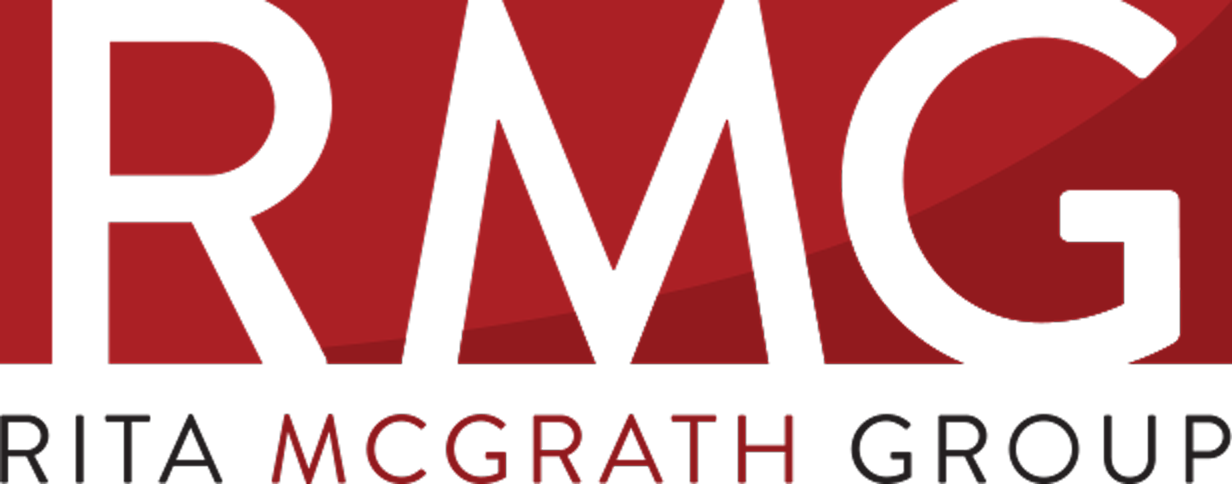
Digital has made a whole new kind of business model possible—and incumbents are reeling.
Born-Digital Companies Are Going Direct
They’re new, they’re nimble, and they’re communicating with your customers right under your nose, causing decades-long assumptions about retail success to become obsolete.
It Used to Require Lots of Access and Huge Marketing Budgets—No More
FMCG. CPG. The very fact that acronyms exist for companies that sell en masse to consumers through retailers shows how deeply their business models have become taken for granted. For the curious, the alphabet soup stands for Fast-Moving-Consumer-Goods and Consumer Packaged Goods companies, terms often used interchangeably.
These companies—familiar names such as Procter & Gamble, Unilever, Nestle, and so on—own brands, manufacture products, and sell those through retailers. While their supply chains and manufacturing operations are complex, their business models are fairly similar—do research, make stuff, charge more if it is differentiated, invest in big brands, and work closely with retail partners. Underpinning it all is the requirement to capture share of consumer mind with massive investments in mass-market advertising.
The inflection point that is digital, however, has upended the world of traditional advertising and branding. A new clutch of startups have recognized that you don’t have to spend much on traditional advertising to capture consumers’ attention (you can read my previous newsletter on the shifting media landscape here). In fact, coming across as too “corporate” is a big negative for customers looking for authentic and meaningful connections to the companies they do business with. And entrepreneurs haven’t been slow to capitalize on the opportunity.
We’re talking Dollar Shave Club, Bonobos, Harry’s, Wayfair, Joybird, Casper, Warby Parker, and Barkbox, among hundreds of others. Instead of selling through conventional retailers, these companies use business models that are asset-light, information rich, and heavily instrumented. They have also largely inverted old industry economics, using their digitally-driven efficiency to scale rapidly, and they have put a huge dent in many traditional companies’ revenue streams. This is wreaking havoc on established brands’ assumptions in industries as different as personal care, furniture, and pet care.
The Diminishing Power of Established Brands
One reason the incumbents are struggling is that consumers are willing to behave in a way they never have before. Buy a mattress without trying it out? Buy glasses without the help of an optician? Buy hearing aids without an audiologists’ advice?
Today’s consumers are upending traditional beliefs about making purchases, sight unseen. Consider the iconic brands owned by Kraft-Heinz—not only did the company have to write down the value of Kraft and Oscar Meyer by an unprecedented $15.4 billion, but they are getting overtaken by store brands, such as Costco’s Kirkland. As frustrated investor Warren Buffett complained, “Here they are, 100 years plus, tons of advertising, built into people’s habits, and everything else. And now, Kirkland, a private-label brand, comes along and with only 750 or so outlets, does 50 percent more business than all the Kraft-Heinz brands.”
As an example of how transformative the branding challenge is, consider Nestle’s decision to sell its entire U. S. confectionary business to Ferraro in 2018 for $2.8 billion. This represented about three percent of the company’s sales, but more importantly, those brands were at one point the firm’s flagship categories. Who doesn’t know and recognize Nestle Crunch, Butterfinger, and Baby Ruth (very apropos with Halloween just around the corner as I write this). And yet…iconic though those brands are, Nestle is making a determined effort to get itself out of junk food and into the increasingly popular categories representing healthier choices. Direct-to-consumer brand Freshly and snack bars packed in recyclable wrappers are in; unhealthy snacks are out.
But to further confound the dilemma facing big brands, consumers are not moving as one to embrace new models. Some firms have found that while often-vocal groups of customers want healthier and more natural options, they differ widely on what that actually means.
General Mills’ customers begged the company to re-introduce chemically based neon-colored Trix cereal after it thought it had laid all that to rest with heavy investments in natural colorings. Kraft-Heinz has battled complaints that its preservative-free Capri Sun pouches are susceptible to the growth of mold. Coca-Cola tried to go to a non-sugary sweetener for its VitaminWater product and had to beat a hasty retreat when consumers loudly objected.

If You Can’t Just Do It, Just Buy It
It isn’t surprising that many incumbents, faced with such different ways in which the direct-to-consumer marketplace is changing, have decided to simply bite the bullet, pay the premium, and acquire the upstarts, often for eye-popping sums. Walmart paid $3 billion to acquire Jet.com, and billions more on stringing together other D2C companies in its digital division. Unilever paid $1 billion for Dollar Shave Club and recently Edgeware paid $1.3 billion for Harry’s.
For many companies, acquiring fast-growing digitally native companies mask the fact that their so-called “heirloom” or traditional categories are experiencing slow growth, no growth, or even decline. Indeed, researchers have found that 11% of all CPG sales in the United States are now going through online channels, accounting for $58.6 billion in transactions. Of those, half went through pure-play online retailers, such as Peapod.
The Kellogg Company just announced a sale of Keebler, Mother’s, Famous Amos, and its other cookie and biscuit brands to Ferrero Group as well. Shoving them out of the portfolio? The $600 million 2017 acquisition of RXBar, now an overall brand of healthier foods under the RX moniker. Bring on the lentils and chickpeas, people!
As we move through the inflection point that the digitally-enabled direct to consumer model has created, expect to see a lot more change in conventional retail models. Expect also to see a shakeout—investors have been pouring money into DTC firms such as Hims, Glossier, and Casper, to the tune of some $3 billion to date, on the assumption that these markets will have a winner-take-all quality to them (and despite that even today there are over 150 companies in the bed-in-a-box business Casper is in).
While the early DTC firms have been able to take advantage of going direct with a far lower customer acquisition cost (see the Dollar Shave Club video), as the field gets more crowded, customer acquisition costs are rising. The big dilemma facing such firms is when customer acquisition cost starts to outpace the lifetime value of a customer making purchases through that channel. That, in turn, means that customer retention—something incumbent companies have honed over many decades of experience—is going to start to move up the agenda, as opposed to an obsession with customer acquisition. Providing personal service, meaningful value, and a convenient way of interacting haven’t gone out of style, even as the way companies provide these things changes.
The stakes are high, the competition intense, and the outcome uncertain—what it feels like to move through an inflection point.
